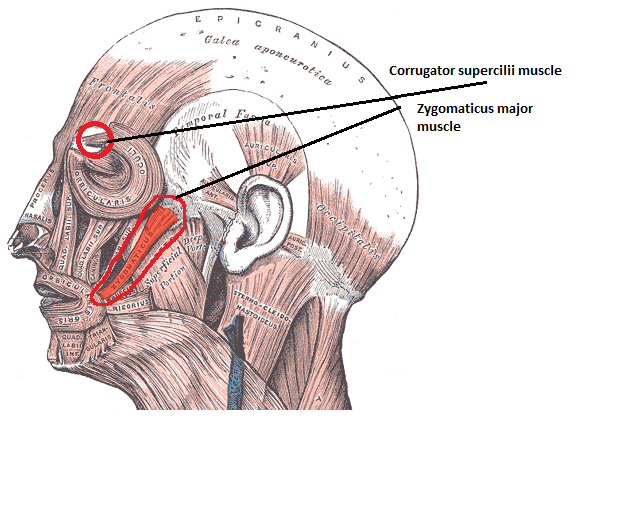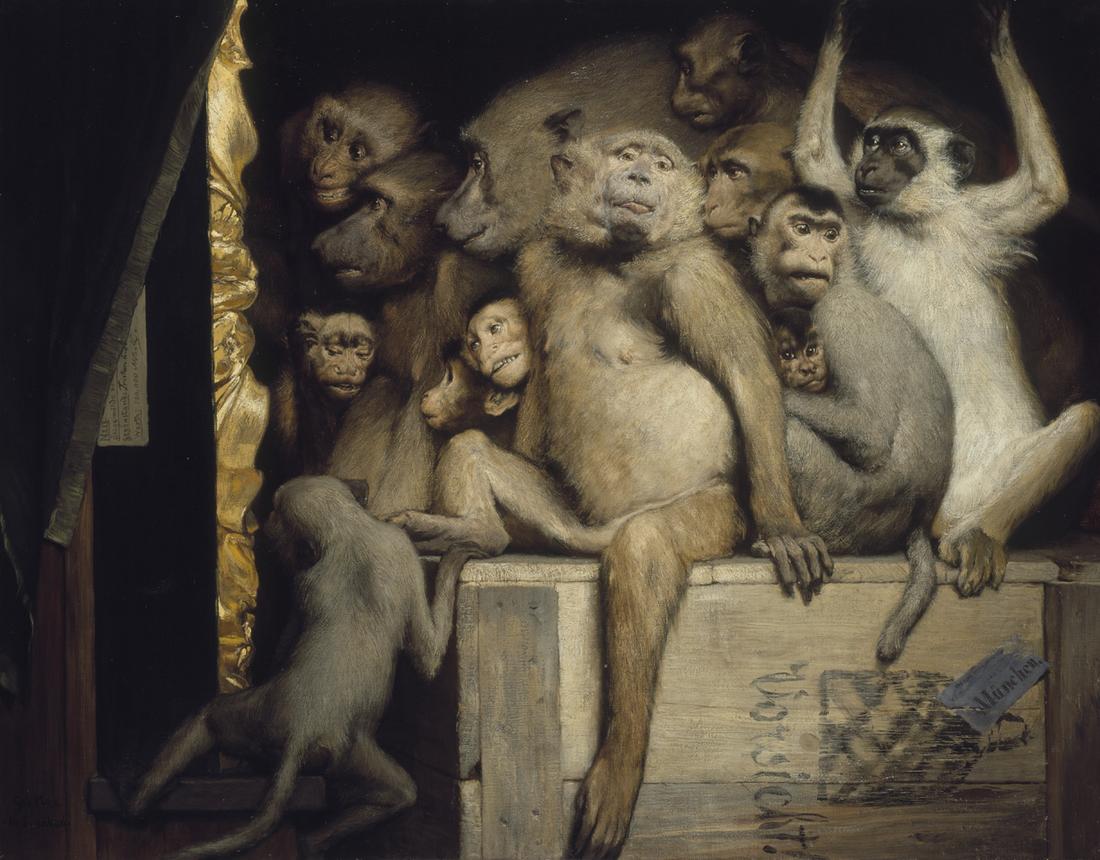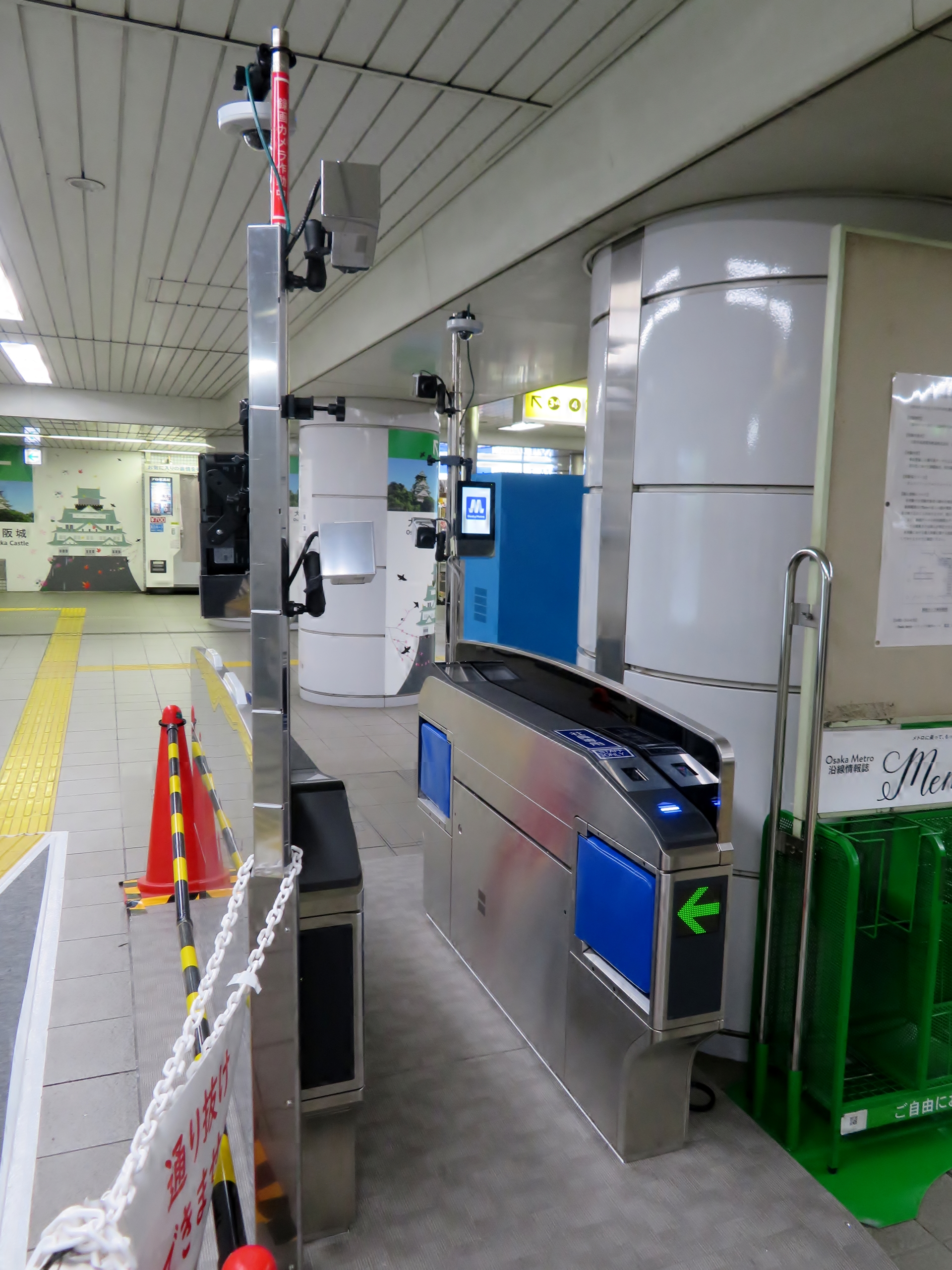|
HAL 9000
HAL 9000 is a fictional artificial intelligence character and the main antagonist in Arthur C. Clarke's ''Space Odyssey'' series. First appearing in the 1968 film '' 2001: A Space Odyssey'', HAL ( Heuristically programmed ALgorithmic computer) is a sentient artificial general intelligence computer that controls the systems of the '' Discovery One'' spacecraft and interacts with the ship's astronaut crew. While part of HAL's hardware is shown toward the end of the film, he is mostly depicted as a camera lens containing a red or yellow dot, with such units located throughout the ship. HAL 9000 is voiced by Douglas Rain in the two feature film adaptations of the ''Space Odyssey'' series. HAL speaks in a soft, calm voice and a conversational manner, in contrast to the crewmen, David Bowman and Frank Poole. In the film, HAL became operational on 12 January 1992 at the HAL Laboratories in Urbana, Illinois as production number 3. The activation year was 1991 in earlier screenpla ... [...More Info...] [...Related Items...] OR: [Wikipedia] [Google] [Baidu] |
Space Odyssey
The ''Space Odyssey'' series is a series of science fiction novels by the writer Arthur C. Clarke. Two of the novels have been made into feature films, released in 1968 and 1984 respectively. Two of Clarke's early short stories may also be considered part of the series. Literature Short stories: * " The Sentinel" – short story written in 1948 and first published in 1951 as "Sentinel of Eternity" * "Encounter in the Dawn" – short story first published in 1953 (re-titled "Encounter at Dawn" or "Expedition to Earth" in some later collections) Novels: * '' 2001: A Space Odyssey'' – produced concurrently with the film and released in 1968 * '' 2010: Odyssey Two'' – 1982 novel, adapted as the 1984 film '' 2010: The Year We Make Contact'' with screenplay by Peter Hyams * '' 2061: Odyssey Three'' – 1987 novel * '' 3001: The Final Odyssey'' – 1997 novel Comic books: * '' 2001: A Space Odyssey'' – 1976 oversized Marvel single-issue comic bo ... [...More Info...] [...Related Items...] OR: [Wikipedia] [Google] [Baidu] |
Astronaut
An astronaut (from the Ancient Greek (), meaning 'star', and (), meaning 'sailor') is a person trained, equipped, and deployed by a human spaceflight program to serve as a commander or crew member aboard a spacecraft. Although generally reserved for professional space travelers, the term is sometimes applied to anyone who travels into space, including scientists, politicians, journalists, and tourists. "Astronaut" technically applies to all human space travelers regardless of nationality. However, astronauts fielded by Russia or the Soviet Union are typically known instead as cosmonauts (from the Russian "kosmos" (космос), meaning "space", also borrowed from Greek). Comparatively recent developments in crewed spaceflight made by China have led to the rise of the term taikonaut (from the Mandarin "tàikōng" (), meaning "space"), although its use is somewhat informal and its origin is unclear. In China, the People's Liberation Army Astronaut Corps astronauts and th ... [...More Info...] [...Related Items...] OR: [Wikipedia] [Google] [Baidu] |
Automated Reasoning
In computer science, in particular in knowledge representation and reasoning and metalogic, the area of automated reasoning is dedicated to understanding different aspects of reasoning. The study of automated reasoning helps produce computer programs that allow computers to reason completely, or nearly completely, automatically. Although automated reasoning is considered a sub-field of artificial intelligence, it also has connections with theoretical computer science and philosophy. The most developed subareas of automated reasoning are automated theorem proving (and the less automated but more pragmatic subfield of interactive theorem proving) and automated proof checking (viewed as guaranteed correct reasoning under fixed assumptions). Extensive work has also been done in reasoning by analogy using induction and abduction. Other important topics include reasoning under uncertainty and non-monotonic reasoning. An important part of the uncertainty field is that of argumentation ... [...More Info...] [...Related Items...] OR: [Wikipedia] [Google] [Baidu] |
Affective Computing
Affective computing is the study and development of systems and devices that can recognize, interpret, process, and simulate human affects. It is an interdisciplinary field spanning computer science, psychology, and cognitive science. While some core ideas in the field may be traced as far back as to early philosophical inquiries into emotion, the more modern branch of computer science originated with Rosalind Picard's 1995 paper on affective computing and her book ''Affective Computing'' published by MIT Press. One of the motivations for the research is the ability to give machines emotional intelligence, including to simulate empathy. The machine should interpret the emotional state of humans and adapt its behavior to them, giving an appropriate response to those emotions. Areas Detecting and recognizing emotional information Detecting emotional information usually begins with passive sensors that capture data about the user's physical state or behavior without interpreting ... [...More Info...] [...Related Items...] OR: [Wikipedia] [Google] [Baidu] |
Art Criticism
Art criticism is the discussion or evaluation of visual art. Art critics usually criticize art in the context of aesthetics or the theory of beauty. A goal of art criticism is the pursuit of a rational basis for art appreciation but it is questionable whether such criticism can transcend prevailing socio-political circumstances. The variety of artistic movements has resulted in a division of art criticism into different disciplines which may each use different criteria for their judgements. The most common division in the field of criticism is between historical criticism and evaluation, a form of art history, and contemporary criticism of work by living artists. Despite perceptions that art criticism is a much lower risk activity than making art, opinions of current art are always liable to drastic corrections with the passage of time. Critics of the past are often ridiculed for dismissing artists now venerated (like the early work of the Impressionists). Some art movements ... [...More Info...] [...Related Items...] OR: [Wikipedia] [Google] [Baidu] |
Lip Reading
The lips are the visible body part at the mouth of many animals, including humans. Lips are soft, movable, and serve as the opening for food intake and in the articulation of sound and speech. Human lips are a tactile sensory organ, and can be an erogenous zone when used in kissing and other acts of intimacy. Structure The upper and lower lips are referred to as the "Labium superius oris" and "Labium inferius oris", respectively. The juncture where the lips meet the surrounding skin of the mouth area is the vermilion border, and the typically reddish area within the borders is called the vermilion zone. The vermilion border of the upper lip is known as the cupid's bow. The fleshy protuberance located in the center of the upper lip is a tubercle known by various terms including the procheilon (also spelled ''prochilon''), the "tuberculum labii superioris", and the "labial tubercle". The vertical groove extending from the procheilon to the nasal septum is called the phi ... [...More Info...] [...Related Items...] OR: [Wikipedia] [Google] [Baidu] |
Natural Language Processing
Natural language processing (NLP) is an interdisciplinary subfield of linguistics, computer science, and artificial intelligence concerned with the interactions between computers and human language, in particular how to program computers to process and analyze large amounts of natural language data. The goal is a computer capable of "understanding" the contents of documents, including the contextual nuances of the language within them. The technology can then accurately extract information and insights contained in the documents as well as categorize and organize the documents themselves. Challenges in natural language processing frequently involve speech recognition, natural-language understanding, and natural-language generation. History Natural language processing has its roots in the 1950s. Already in 1950, Alan Turing published an article titled " Computing Machinery and Intelligence" which proposed what is now called the Turing test as a criterion of intelligence, ... [...More Info...] [...Related Items...] OR: [Wikipedia] [Google] [Baidu] |
Facial Recognition System
A facial recognition system is a technology capable of matching a human face from a digital image or a video frame against a database of faces. Such a system is typically employed to authenticate users through ID verification services, and works by pinpointing and measuring facial features from a given image. Development began on similar systems in the 1960s, beginning as a form of computer application. Since their inception, facial recognition systems have seen wider uses in recent times on smartphones and in other forms of technology, such as robotics. Because computerized facial recognition involves the measurement of a human's physiological characteristics, facial recognition systems are categorized as biometrics. Although the accuracy of facial recognition systems as a biometric technology is lower than iris recognition and fingerprint recognition, it is widely adopted due to its contactless process. Facial recognition systems have been deployed in advanced human–c ... [...More Info...] [...Related Items...] OR: [Wikipedia] [Google] [Baidu] |
Speech Recognition
Speech recognition is an interdisciplinary subfield of computer science and computational linguistics that develops methodologies and technologies that enable the recognition and translation of spoken language into text by computers with the main benefit of searchability. It is also known as automatic speech recognition (ASR), computer speech recognition or speech to text (STT). It incorporates knowledge and research in the computer science, linguistics and computer engineering fields. The reverse process is speech synthesis. Some speech recognition systems require "training" (also called "enrollment") where an individual speaker reads text or isolated vocabulary into the system. The system analyzes the person's specific voice and uses it to fine-tune the recognition of that person's speech, resulting in increased accuracy. Systems that do not use training are called "speaker-independent" systems. Systems that use training are called "speaker dependent". Speech recognitio ... [...More Info...] [...Related Items...] OR: [Wikipedia] [Google] [Baidu] |
Speech Synthesis
Speech synthesis is the artificial production of human speech. A computer system used for this purpose is called a speech synthesizer, and can be implemented in software or hardware products. A text-to-speech (TTS) system converts normal language text into speech; other systems render symbolic linguistic representations like phonetic transcriptions into speech. The reverse process is speech recognition. Synthesized speech can be created by concatenating pieces of recorded speech that are stored in a database. Systems differ in the size of the stored speech units; a system that stores phones or diphones provides the largest output range, but may lack clarity. For specific usage domains, the storage of entire words or sentences allows for high-quality output. Alternatively, a synthesizer can incorporate a model of the vocal tract and other human voice characteristics to create a completely "synthetic" voice output. The quality of a speech synthesizer is judged by its similarity ... [...More Info...] [...Related Items...] OR: [Wikipedia] [Google] [Baidu] |
Saturn
Saturn is the sixth planet from the Sun and the second-largest in the Solar System, after Jupiter. It is a gas giant with an average radius of about nine and a half times that of Earth. It has only one-eighth the average density of Earth; however, with its larger volume, Saturn is over 95 times more massive. Saturn's interior is most likely composed of a core of iron–nickel alloy, iron–nickel and rock (silicon and oxygen compounds). Its core is surrounded by a deep layer of metallic hydrogen, an intermediate layer of liquid hydrogen and liquid helium, and finally, a gaseous outer layer. Saturn has a pale yellow hue due to ammonia crystals in its upper atmosphere. An electrical current within the metallic hydrogen layer is thought to give rise to Saturn's planetary magnetic field, which is weaker than Earth's, but which has a magnetic moment 580 times that of Earth due to Saturn's larger size. Saturn's magnetic field strength is around one-twentieth of Jupiter's. The out ... [...More Info...] [...Related Items...] OR: [Wikipedia] [Google] [Baidu] |
Jupiter
Jupiter is the fifth planet from the Sun and the largest in the Solar System. It is a gas giant with a mass more than two and a half times that of all the other planets in the Solar System combined, but slightly less than one-thousandth the mass of the Sun. Jupiter is the third brightest natural object in the Earth's night sky after the Moon and Venus, and it has been observed since prehistoric times. It was named after the Roman god Jupiter, the king of the gods. Jupiter is primarily composed of hydrogen, but helium constitutes one-quarter of its mass and one-tenth of its volume. It probably has a rocky core of heavier elements, but, like the other giant planets in the Solar System, it lacks a well-defined solid surface. The ongoing contraction of Jupiter's interior generates more heat than it receives from the Sun. Because of its rapid rotation, the planet's shape is an oblate spheroid: it has a slight but noticeable bulge around the equator. The outer atmosphere i ... [...More Info...] [...Related Items...] OR: [Wikipedia] [Google] [Baidu] |

.jpg)





